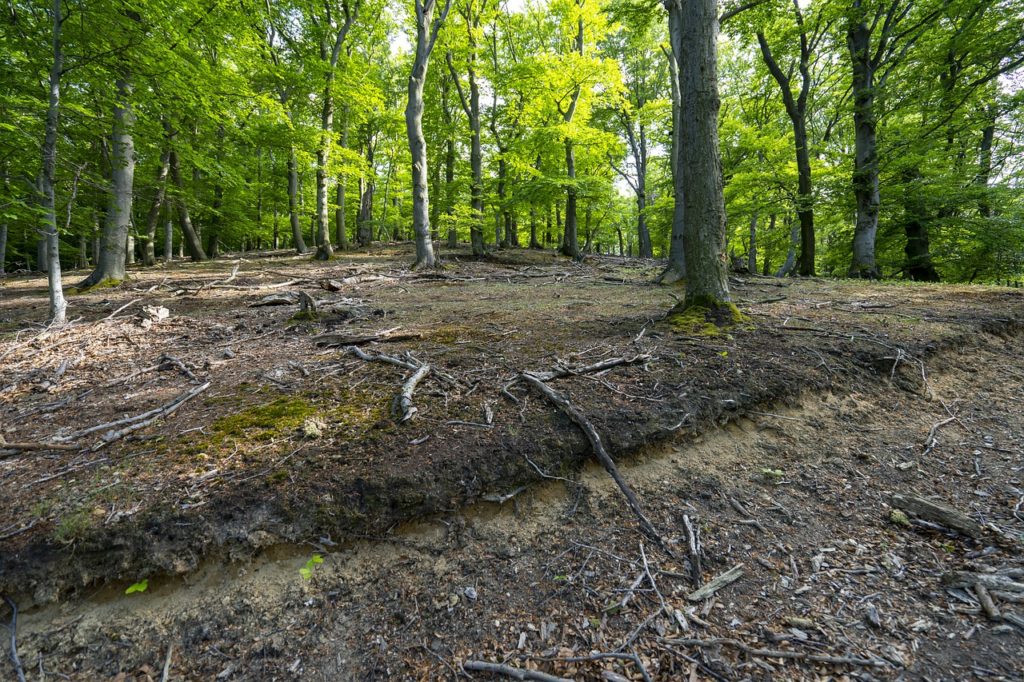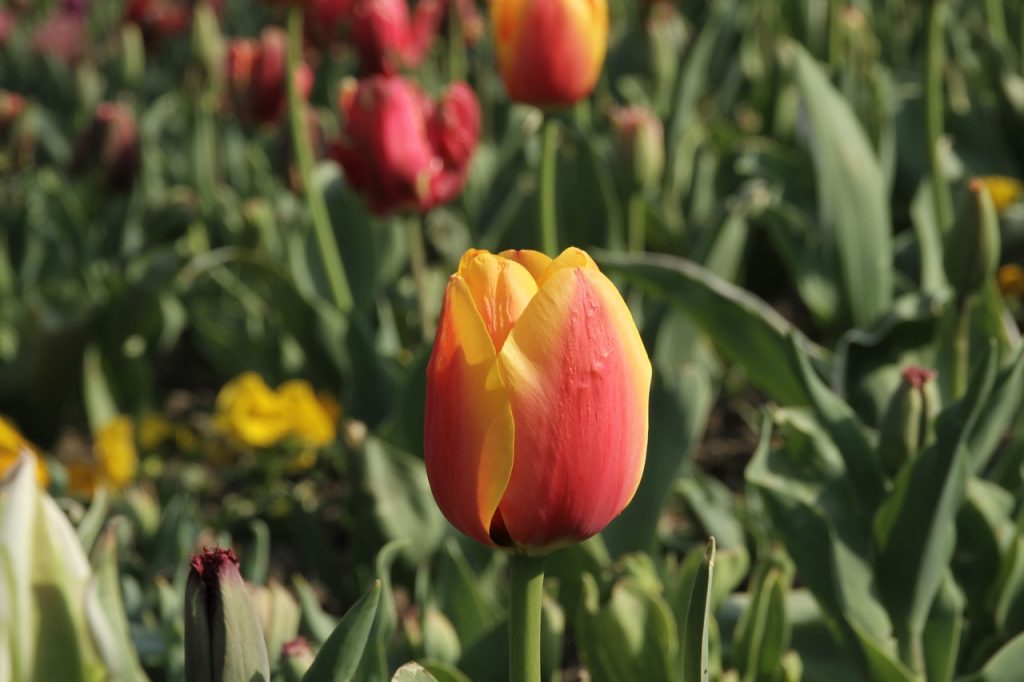Soil is classified into different types based on its composition, texture, and water content. Primarily, the mineral composition of soil defines its type. Soil is the backbone of agriculture and the soil type found in a region determines the crops that can be grown there. Soil is also used in the construction of roads and buildings, and it is a raw material for various handicrafts. Thus, the type of soil in a certain region influences the culture and lifestyle of the people residing there.
Jammu and Kashmir has a diverse climate, with cold and dry weather in Ladakh, a humid weather and moist winters in the hilly regions of Jammu and Kashmir, and less moist winters and hot summers in the plains of Jammu. Diversity in climatic conditions of a region has an impact on the types of soil found in that region. Here’s a brief account of the types of soil found in Jammu Kashmir and Ladakh.
So, which types of soil are found in Jammu and Kashmir? The soil type in Jammu and Kashmir is described as alluvial, which is majorly found in Kathua and Jammu. This soil is loamy with little clay content and has lime and magnesium in small quantities. The Kashmir valley, located in the temperate zone, also has alluvial soil that has high quantities of nitrogen and organic matter.
What type of soil is found in Ladakh? The soil in Leh and Kargil is primarily sandy or sandy loam, and have medium to medium-high levels of organic matter. This soil has less water-holding capacity.
The soils of Jammu and Kashmir can be broadly classified into the following groups:
Alluvial Soil: This soil type is found on the plains of Kathua, Poonch and Udhampur, Sindh in Ladakh and on the flood plains of rivers such as Chenab, Jhelum, Ravi, and Sindh.
Brown forest Soil: Mainly found in the Doda, Poonch, Baramulla, and Udhampur districts, this soil has the texture of silt loam to clay; it is moderately alkaline, has a water holding capacity of 40% and a good amount of carbon and nitrogen. Apples, cherries, safflower, and wheat can be cultivated in this type of soil.
Mountain Forest Soil: This soil is found in regions at lower altitudes. It has a sandy loam to loamy texture, has a water holding capacity in the range of 30% to 40%, and is slightly alkaline.
Mountain Meadow Soil: Found in Gulmarg, Sonamarg, and Pahalgam, this soil is alkaline and has high levels of organic carbon. It can hold 50% to 60% water; it is sandy loam to clay loam and fine to course in texture.
Red and Yellow Podzolic Soil: Found in Kathua, Rajaouri, Udhampur, and Poonch, this soil is course and has a water-holding capacity of 40%.
Grey-brown Podzolic Soil: This soil is clay to loam in texture and slightly acidic. It is widely found in Gulmarg and Pahalgam.
Lithosol: This type of soil is found on the slopes of forest hills in Jammu, Udhampur, and Poonch. It can hold up to 38% water and 0.2% to 0.6 % organic carbon.
Saline Alkali Soil: It is found in the alluvial belt of Jammu and Kathua and some parts of Ladakh.
The rural folk and farmers in Kashmir recognize the different types of soil by local names.
- Clayey soil is called Gurti, has a good water retaining capacity, and is found on the flood plains of Jhelum.
- Loamy soil is known as Bahil, is good for agriculture and rich in humus, and is found on the right bank of Jhelum.
- Sandy soil is called Sekil and is found in the Sind Valley.
- Sandy silt, which is a combination of sand and clay, and called Dazanlad, is another type of soil in J&K.
- Peaty soil, locally known as Nambal, is the soil found on the banks of River Jhelum and near the Manasbal and Anchar lakes. Mustard, pulses and fodder grow in this type of soil.
- Soil found on the mountain slopes is called Tand soil, and is good for the cultivation of fodder and pulses.
- Wudur, also called Karewa soil, has silty clay and sand boulder gravel. The courser variety of this soil type is found on the periphery of the valley, while the finer soil is found in the central regions. This soil is the best for agriculture and is good for the cultivation of saffron, apples, almonds, walnuts, and some fodder crops.
The quality of the soils in Kashmir is degrading due to erosion, mainly caused by snow, rainfall, and urbanization, which has led to a decline in the harvest of apples and saffron. Soil is critical to agriculture and horticulture, which are among the main business sectors in Jammu and Kashmir. Strict measures for soil conservation require to be taken so that the soil quality and consequently, the natural wealth of the Kashmir Valley is restored.



